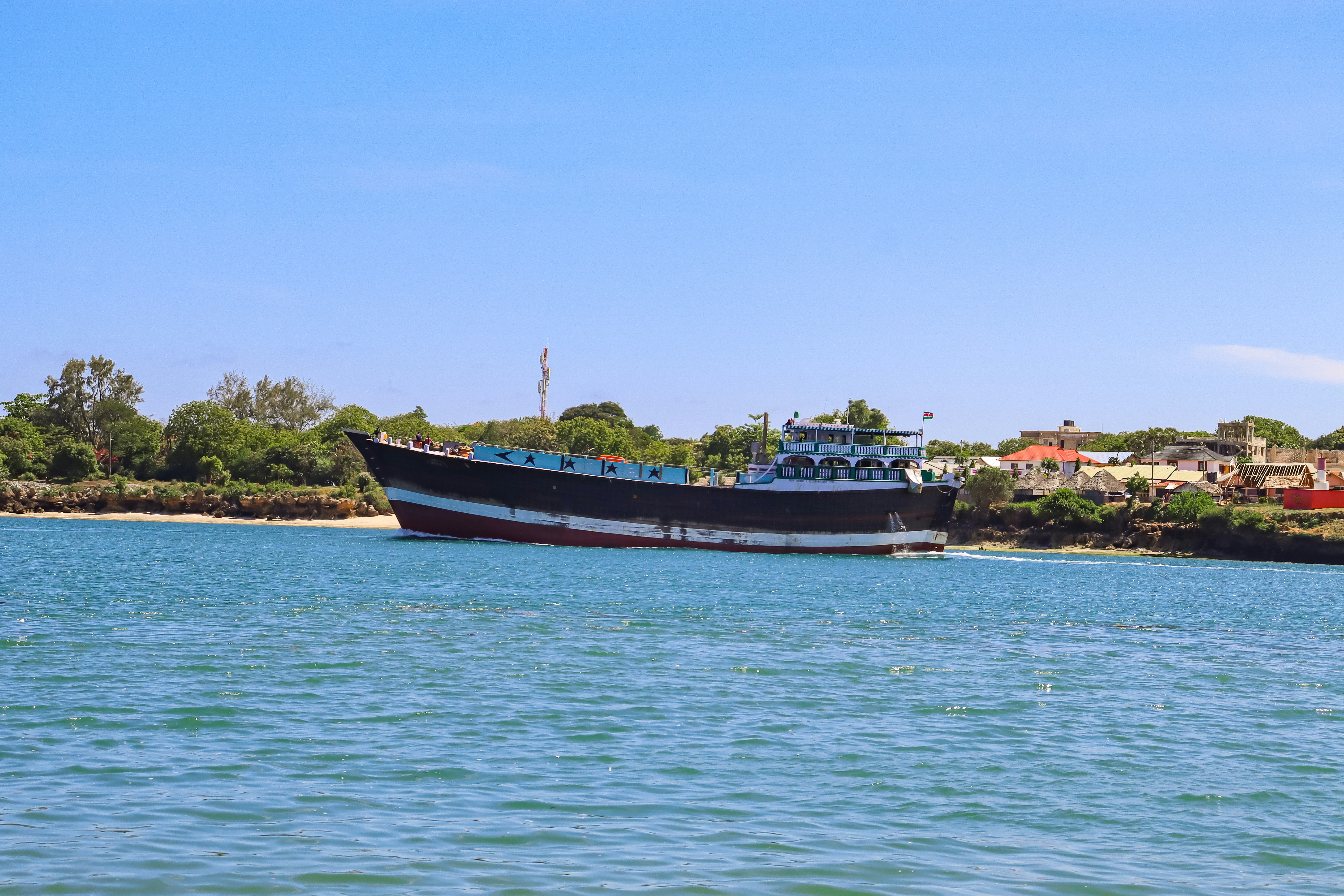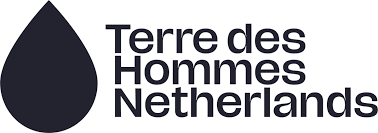Developing Safe Reporting Environments for Child Trafficking Survivors in Kenya

Funded by HTRI, researchers in Kenya are developing a program to train frontline workers and government officials on creating safe reporting environments for children trafficked for sexual exploitation.
Between 2019 and 2020, the rate of children being trafficked in Sub-Saharan Africa increased by 43 percent.1 In coastal Kenya, child trafficking for sexual exploitation remains prevalent, but few households report that their children have experienced it or are at risk of it in the future.2 In addition, limited protection services and negative social norms about victimization can discourage children from sharing that they were trafficked, especially with authorities responsible for managing their cases.3
Funded by HTRI, researchers are developing an intervention to train frontline workers and government officials to provide safe environments for children trafficked for sexual exploitation to report their experiences. The training focuses on increasing knowledge about child exploitation and its risk factors, trauma, and ways to improve trauma-informed care. This study will inform the development of a survivor- and stakeholder-informed assessment framework to measure the effectiveness of this training.
Sources
1. United Nations Office on Drugs and Crime. Global Report on Trafficking in Persons 2022. Vienna: AT. UNODC, 2023.
2,3. GFEMS Media, “Commercial Sexual Exploitation of Children (CSEC) in Coastal Kenya,” Global Fund to End Modern Slavery, March 1, 2023
Research Partner













